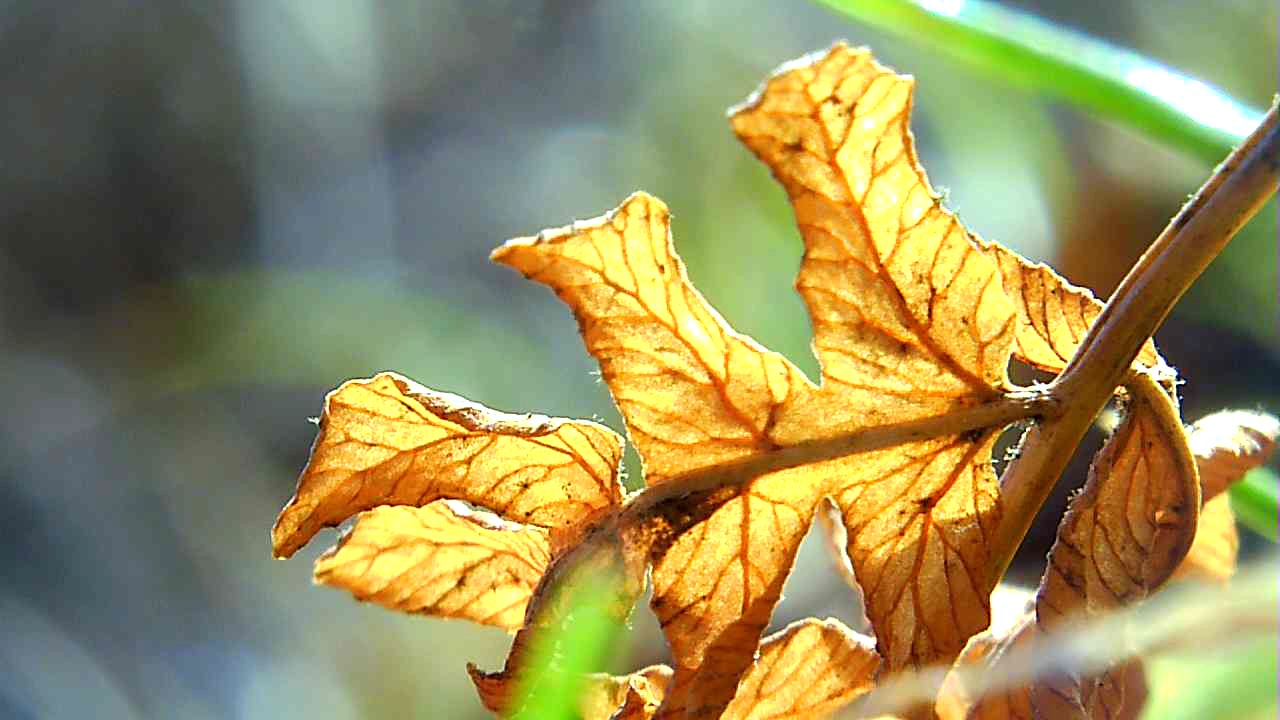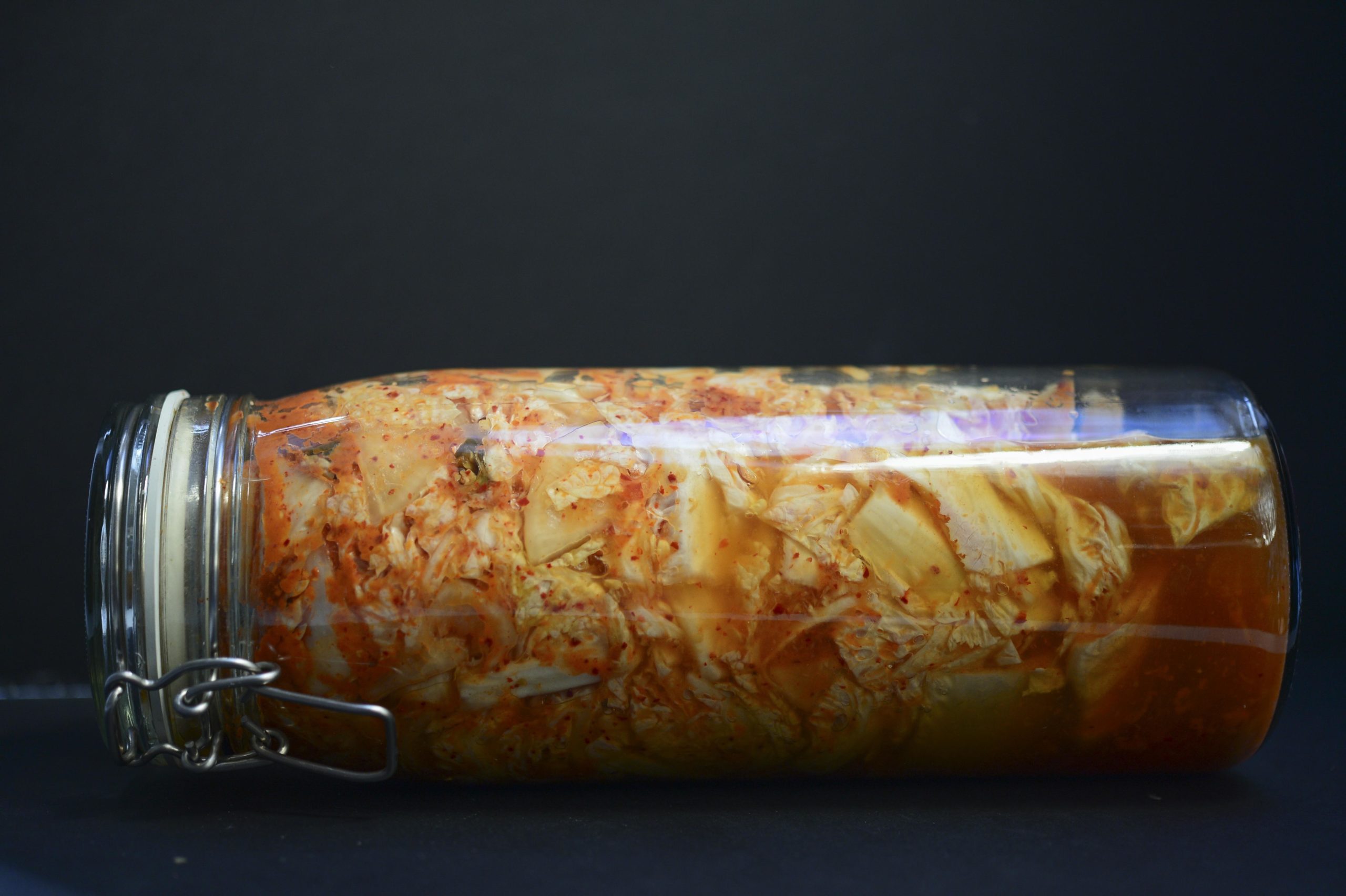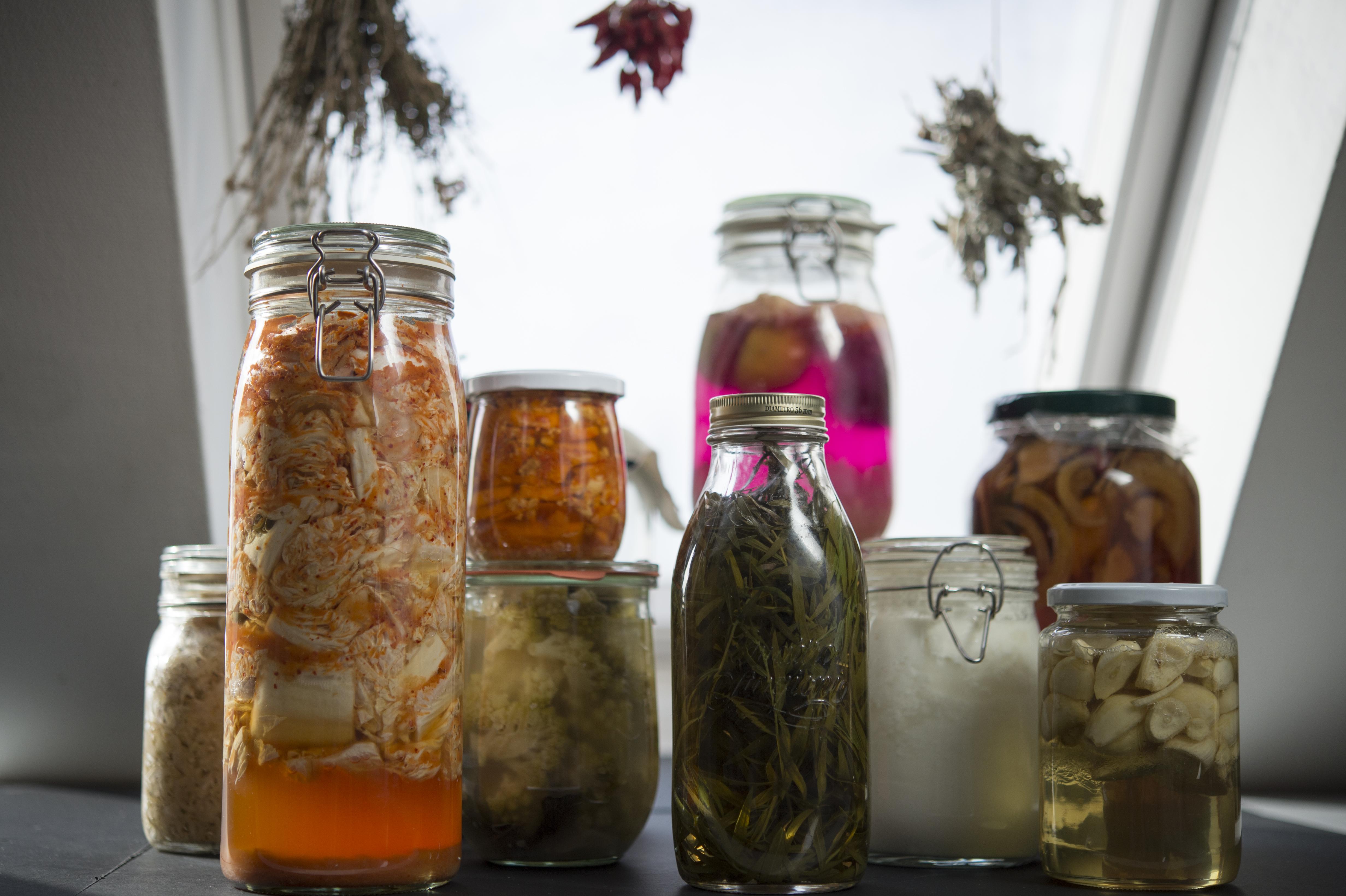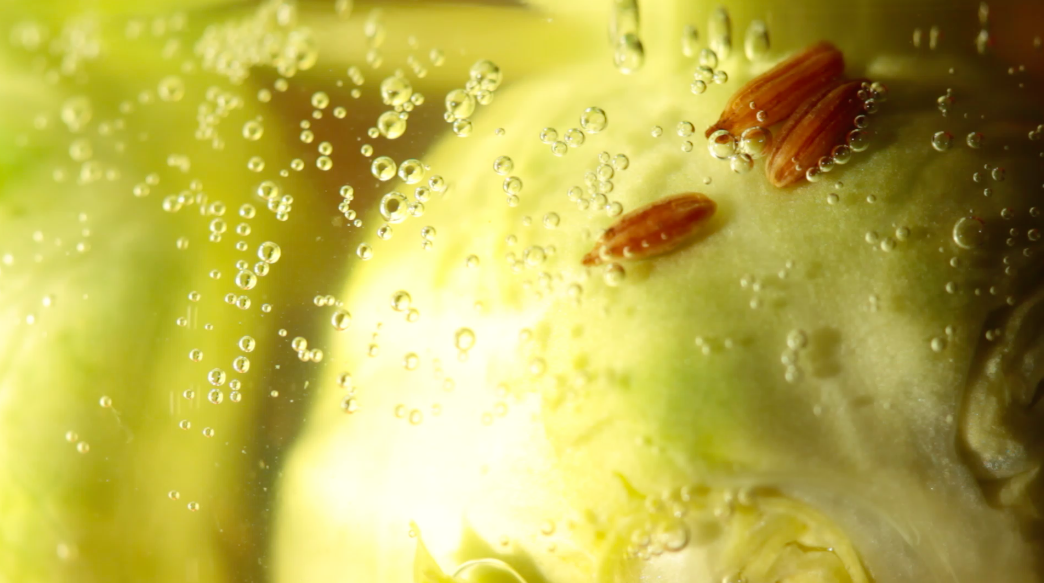Building on our Gut Gardening article from our Pleasures of Ecology series, we delve deeper into the why and the how of inner gut gardening practices.
Why Do We Need to Become Active Actors in this Complex Ecosystem?
It’s perhaps easier for some of us non-sciency folk to understand the concept of the connection between the central nervous system (CNS) and the enteric nervous system (ENS), alias the gut-brain axis (GBA) if we look at our body as an ecosystem in and of itself. Every body part serves its own function, but our individual organs and organisms must work in symbiosis to keep the system running.
The way the GBA works is comparable to the way trees communicate via the mycelium networks in their root systems. Or the way honeybees communicate flight paths with the so-called ‘waggle-dance’. Studies have shown that bi-directional communication between the gut and brain means that the health of the gut has a direct impact on the brain and vice versa. Don’t believe us? Recent studies have shown that treatments targeting and regulating gut microbiota can have therapeutic effects on depression and some neurological disorders.

As inner gut gardeners, we can use this knowledge to tune into our inner selves both mentally and microbiologically. Instead of just asking ourselves, “How am I feeling today?” we should also start asking ourselves, “What did I eat today?”.
In a similar manner, if we want to support our ecosystem holistically, we must consider the bioavailability of nutrients, both in our soil and in our gut. Bioavailability refers to the percentage of nutrients that can be processed and utilised in any given environment. In the biological garden, worms take care of maximising this bioavailability for plants.
Compost worms, in particular, actually mine for minerals, wait for the wild microbes to start the digestion of the raw food scraps, and love the raw carbon of cardboard (pure fiber!), which they then poop out as black gold – humus! Microbiota are comparable to worms in that the worms themselves mirror the behaviour of our intestines by using the microbes for making rich healthy soil for the garden. In the gut garden, this comparable process is facilitated by our microbiome with the help of the healthy microbes in fermented products. By unlocking foods’ nutrient potential in the glass before they enter the body, ferments maximise the bioavailability of our foods and thereby increase our nutrient uptake with every bite.

The Journey Not the Reward
It takes days for a seed to germinate, weeks for a seedling to blossom, months for a bush to burst forth with berries, and years for trees to bear fruit. Your gut functions similarly. Thankfully, it doesn’t take years to improve your gut health. Weeks rather. But, yes, then it requires continuity in the same way that you cannot take a two-month break from eating fruit and vegetables!
Contrary to what many pharmaceutical and nutraceuticals might have you believe, there is no quick-fix-miracle-pill or supplement that will magically heal a depleted system overnight. Health and growth are not desired end-states, but rather ever-changing conditions that require continuity and commitment. Like botanical gardening, gut gardening is as much about the journey as it is the reward.
That’s not to say that one should strive to measure every mineral to ensure one’s digestive tract is as impeccable as an English lawn. It is more important to cultivate an awareness for what you are putting into your body and trust your intuition. And it’s totally OK to let things slide and allow them to get a little bit wild from time to time. If your body is rejecting a specific food, see if changing its composition (raw/cooked/fermented) changes the way it is received.
Before starting your inner gardening journey, take a giant step back and ask yourself: Is my diet really as balanced as I’ve come to believe? Now, that may be tricky to answer because it very much depends on how you define ‘balance’. Is it the mix of types of foods? Or the adherence to the double food pyramid? Or the way in which they are prepared? As edible alchemists, our ethos is that a balanced diet is not just a question of diversity and consumption levels, but also of dimensionality.
So for starters, the question we really want you to ask yourself as an Inner Gardener is: Do you have a 3-dimensional diet? In other words, do you consume a careful balance of raw, cooked and fermented foods? Or are you currently finding yourself somewhere down the 2-dimensional or (gasp!) 1-dimensional food trap? If so, fear not. Inner gardening is much like outer landscaping; if you sit down and devise a feasible plan for yourself, you can start moderating one meal or one dish at a time until your formerly 1-dimensional hedge-row blossoms into a kaleidoscope of lush vegetation.

A Mindful Gardening Guide
When it comes to fermentation, we always encourage people to just start somewhere, meaning to start small. Attend one workshop, adopt one starter; once you get the hang of that, you can build your confidence and expand your bacterial collection and skill-set at your own pace.
Fermentation is supposed to be digestible after all. 😉
Another trick we recommend adopting from the botanist’s handbook is getting a gut garden journal. This can be a notebook, notepad, or even just old scraps of paper you have lying around under your coffee table. The important thing is that you actually start observing your gut garden:
Keep track of your 3-Ds
Write down everything you eat for 1 week and see if you’re striking a balance between raw, cooked and fermented foods; if not, moderate meals the following week accordingly.
Tune in to your taste buds
Record fermentation processes and ingredients, make note of ferments you loved (and didn’t); especially when mixing recipes intuitively, you’ll want to be able to go back and replicate (or avoid) certain compositions.
Listen to your digestive system
Make a note of how it responds to certain foods; see if you notice any positive or negative responses to certain foods; Did you feel bloated or gassy? Did something make you feel constipated or open the floodgates
Reflect on your health
Brainstorm ways of supporting your immune system through environmental factors, like flu season, or see how you can use food as medicine to target weaknesses that are specific to you, like allergies, food sensitivities or regular infections.
Get in touch with your gut-brain-axis
Look for patterns in how you feel mentally and physically; try and focus on eating 3-dimensionally especially when you’re going through a challenging time, and save evil indulgences for when you’re feeling strong.
These are of course just a few examples of practices for your inner gut gardening! If you have more questions or need support, feel free to reach out to us anytime via our contact form so we can see how we can assist you on your journey personally.

P.S. Notes on Guerilla Gut Gardening
Have you ever heard of seed bombs? Well if not, you’re in for a real treat. Seed bombs are every guerilla gardener’s grenade of choice—you create a mix of compost, clay and seeds, roll it up into a ball, and chuck it pretty much wherever you please. The seeds then germinate in the balls and, once they are strong enough, extend their roots into the ground and take hold of the earth beneath them. A couple of weeks later, passersby are greeted by brightly coloured wildflowers or bushels of edible herbs.
We can initiate similarly radical acts of kindness in our microbial gut gardens by reaching for prebiotics (the dietary fiber that feeds your gut bacteria) and probiotics (live microorganisms that thrive in your gut and aid in digestion and nutrient uptake).
Foods that are naturally high in prebiotics include (but are certainly not limited to) legumes, such as lentils and chickpeas, vegetables, such as leek, beetroot and cabbage, and nuts, such as pistachios and cashews. Foods that are naturally high in probiotics are any and all fermented foods and drinks—sourdough bread, kombucha, kefir, kraut, hot sauce, vinegar, you name it!

